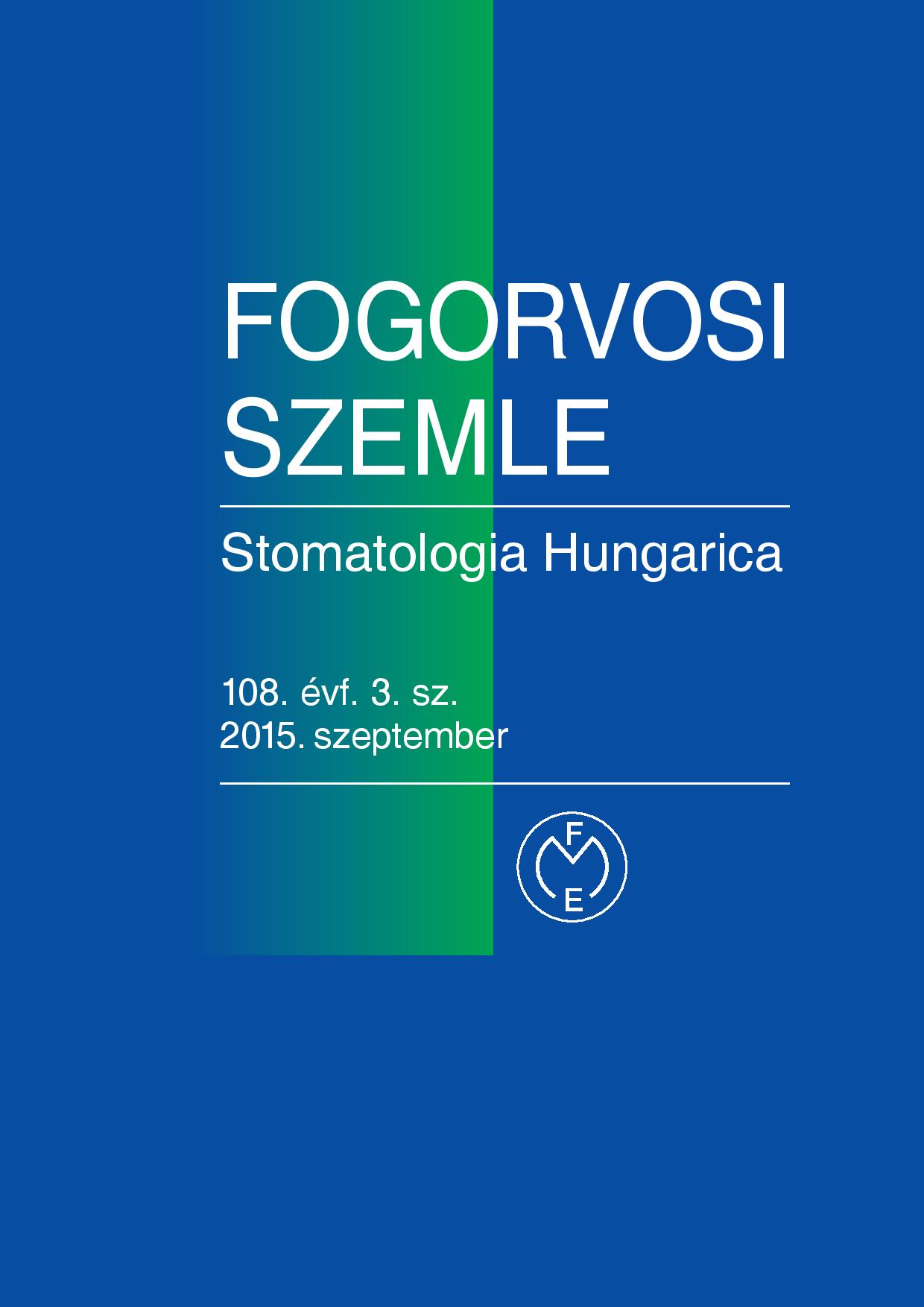Calcifications in the maxillofacial area
Abstract
Among patients presenting for dental treatment we could reveal various calcifications on panoramic x-rays or on cone beam
computed tomography (CBCT) Calcifications is more likely to occur in vessels, ligaments, glandular tissues and is usually associated
with chronic inflammation or scarring. The purpose of this article is to describe the imaging characteristics of commonly
observed calcifications of the maxillofacial area with presenting our own cases such as: tonsilloliths, calcified lymph
nodes, elongeated styloid process (calcified stylohyoid chain), phleboliths, carotid atheromas, calcified laryngeal cartilage.
Copyright (c) 2021 Authors

This work is licensed under a Creative Commons Attribution 4.0 International License.


.png)




1.png)



